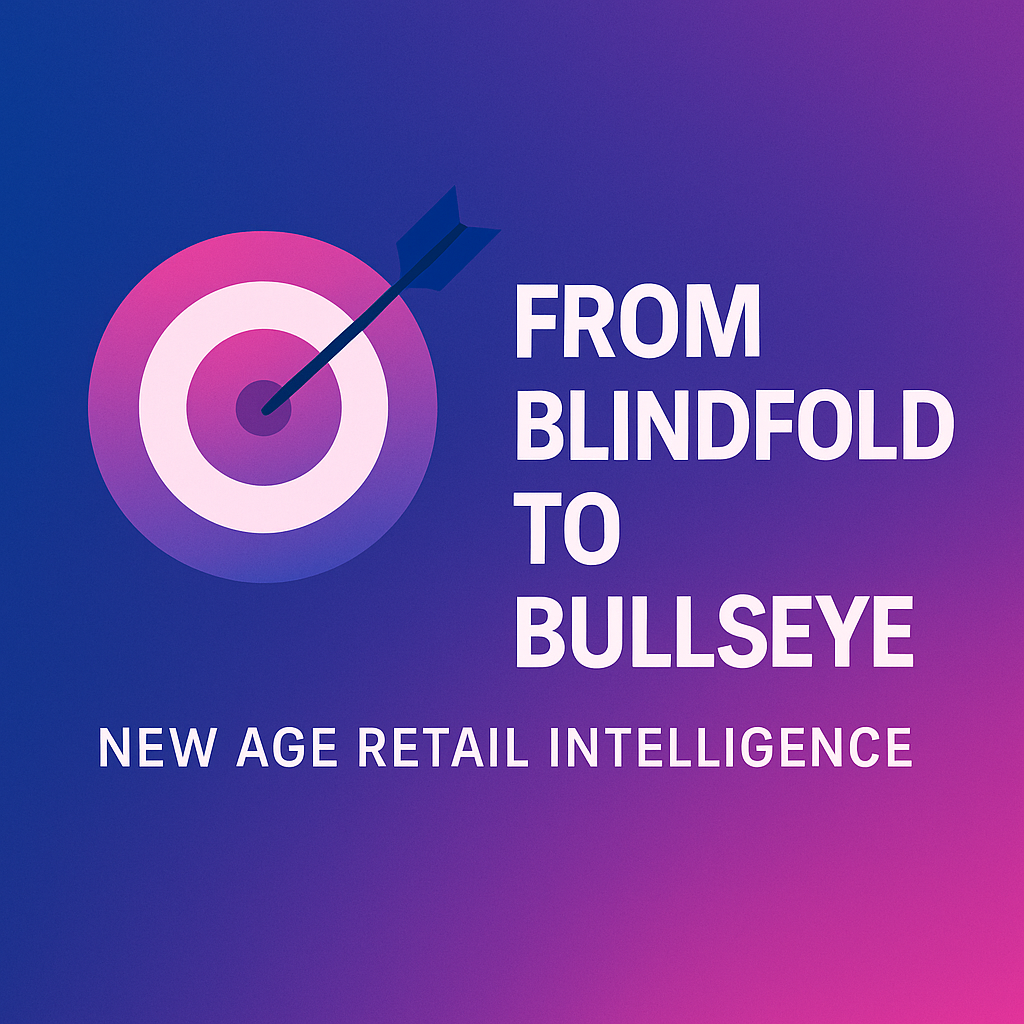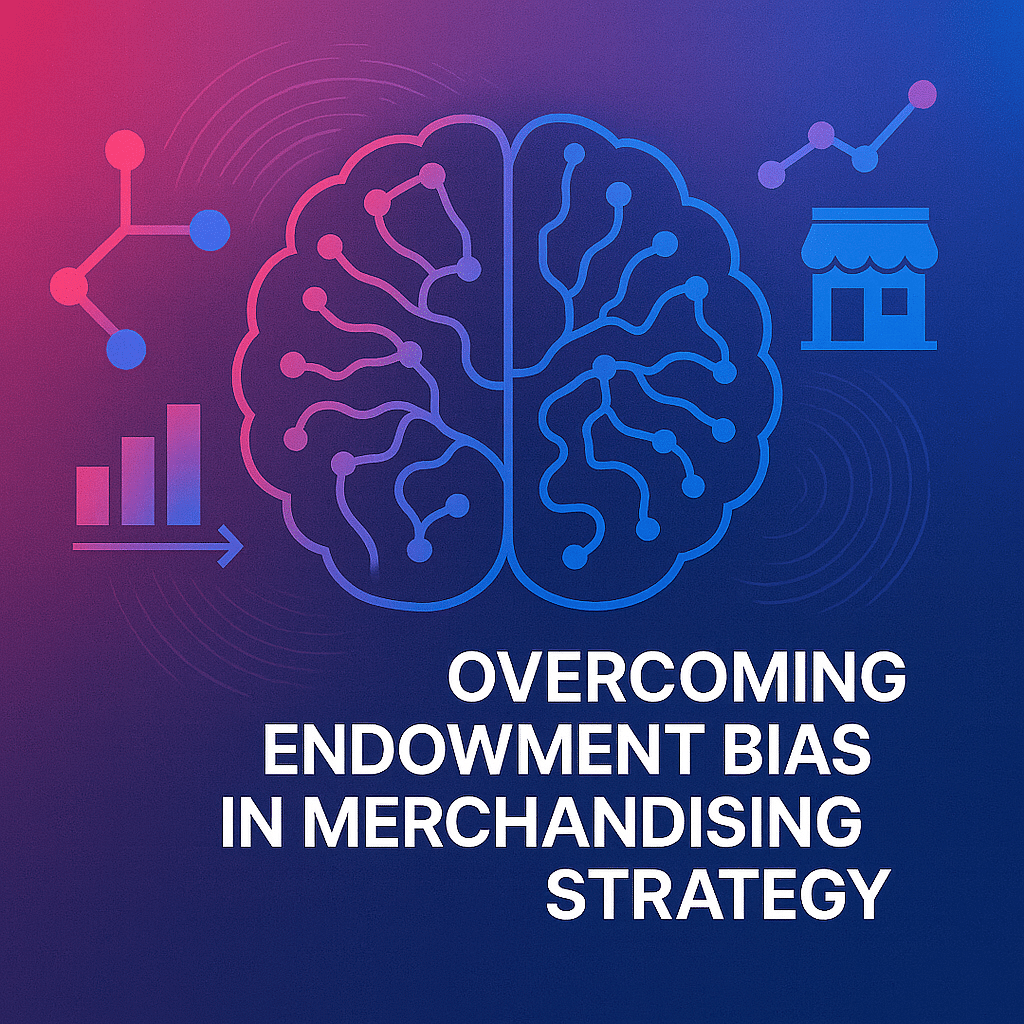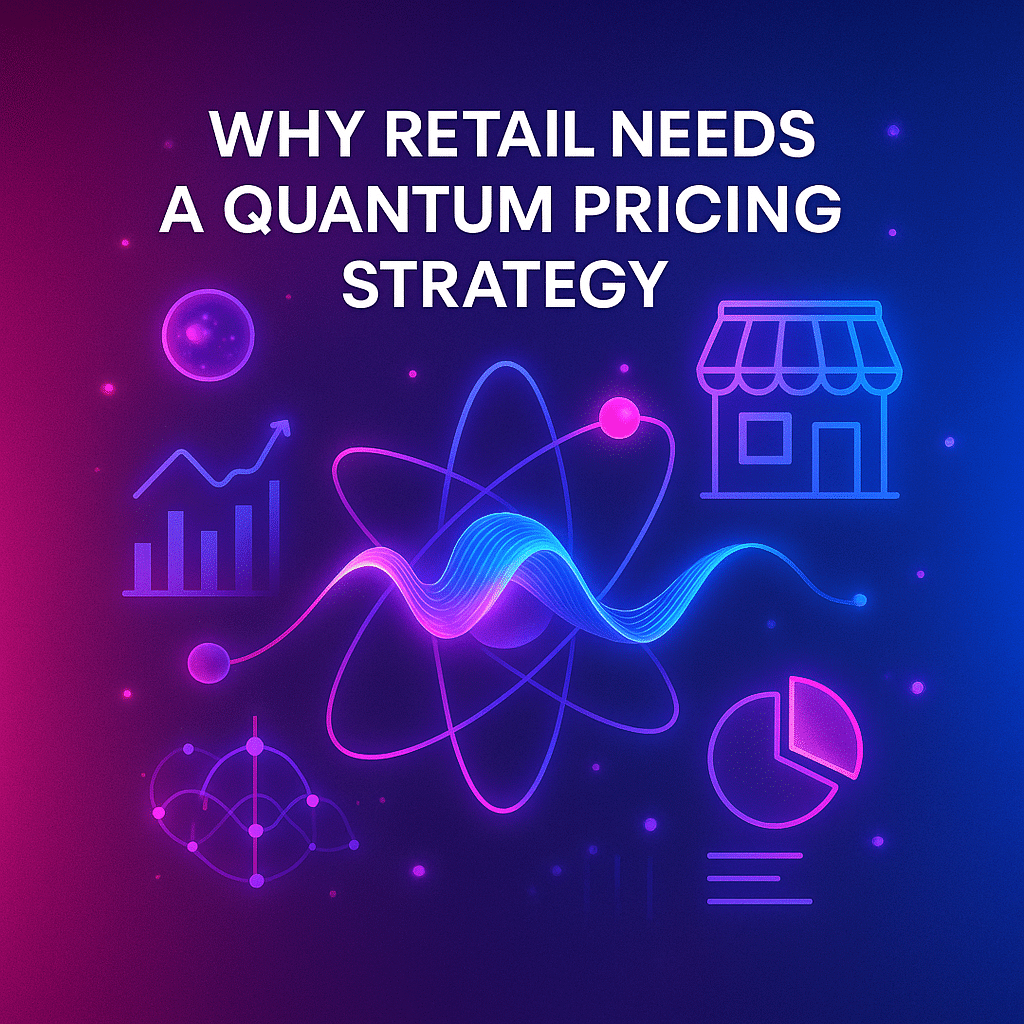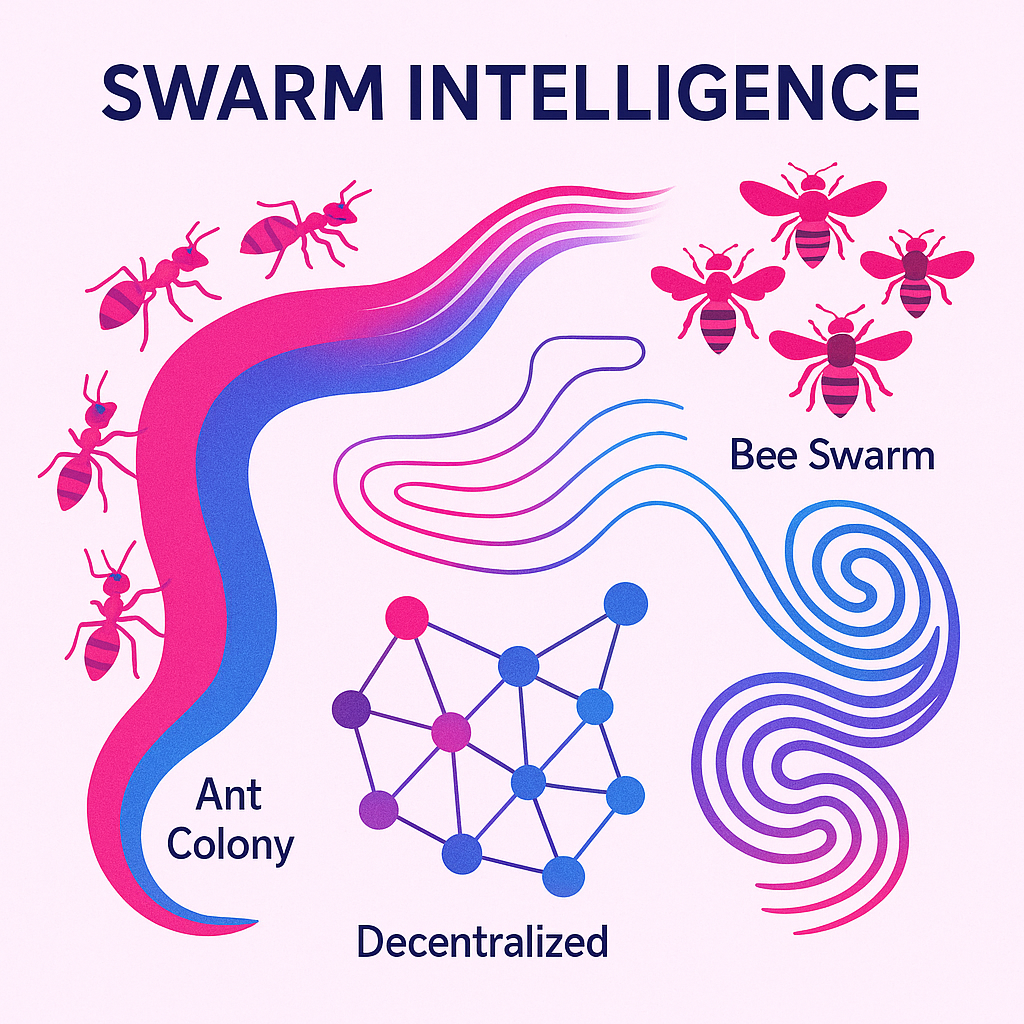From Blindfold to Bullseye—Unleashing New Age Retail Intelligence

What is New Age Retail Intelligence
In today’s fast-paced, digitally connected world, traditional retail planning feels increasingly like throwing darts in the dark. Merchandising decisions based on gut instinct, historic sales data, and lagging competitive benchmarks often lead to missed trends, costly overstocks, and aggressive markdowns.
New Age Retail Intelligence replaces this guesswork with real-time, demand-driven precision—giving retailers the ability to hit the bullseye consistently by acting on what consumers actually want today, not what they wanted last season.
The Era of Blindfolded Retail
For decades, retail strategies have been built on three fragile pillars:
- Supply-Only Metrics: Inventory positions, historic sell-through rates, vendor-driven pipelines.
- Competitive Price Matching: Reactionary discounts or promotions based on competitor activities rather than true demand signals.
- Seasonal Forecasting Rituals: Heavy reliance on top-down forecasts, intuition, and outdated planning cycles.
The outcome?
- Higher forecast error rates
- Elevated markdown levels
- Slower reactions to emerging consumer trends
In a market where consumer behavior shifts overnight, these blindfolded practices are no longer viable.
The Bullseye Paradigm in New Age Retail Intelligence
Imagine every assortment choice, every pricing move, every promotional decision as an arrow aimed at a moving target.
- Blindfolded Shot: Random guessing, reactive strategies, massive inventory swings.
- Bullseye Shot: Data-backed, demand-driven precision aligning all decisions to where the consumer is heading next.
New Age Retail Intelligence reorients your entire value chain to hit the demand bullseye—consistently and profitably.
Building the New Age Precision Engine
Here’s how leading brands are building precision into their retail operations with Stylumia:
- Harvesting Public Web Signals:
- Consumer eyeball trends, marketplace activity, consumer reviews, pricing elasticity, and inventory availability
- Synthesizing Into a Demand Score through a Propreitary Demand Science:
- A single, percentile-based metric reflecting real-time consumer interest at SKU, category, and attribute levels. This is unique compared to simple stock out signals by existing players. Our research indicates just the stock out signals misleads potential demand by over 50%. Brands and retailers be watchful of what their teams consume. Your outcome is as good as input.
- Plug-and-Play Integration Across Functions:
- Visual prescriptive recomemndations for merchandisers / planners
- APIs for dynamic repricing engines (demand-driven)
- Demand-driven trend feed for the creatives
With New Age Retail Intelligence, every SKU can be evaluated based on live demand—not last season’s assumptions.
From Blindfolded Planning to Bullseye Execution
When retailers transition to a demand-driven model, the transformation is striking:
| Function | Before (Blindfolded) | After (Bullseye Precision) |
|---|---|---|
| Planning | Higher forecast error | Reduced forecast variability |
| Assortment | Lower hit rates | Improved accuracy in predicting top sellers |
| Pricing | Frequent reactive markdowns | Proactive dynamic pricing with fewer discounts |
| Fulfillment | Elevated freight and overtime costs | Streamlined distribution and lower logistics costs |
Read our latest success story using demand-driven new product introduction “The unpredictable game of new product success“
Five Principles for New Age Retail Intelligence
- Consumer-First Mindset: Always ask: “What does the consumer want right now?” before making supply decisions.
- Signal Over Noise: Consolidate millions of digital signals into one actionable Demand Score per product.
- Cross-Functional Intelligence: Ensure planning, pricing, and supply teams operate from the same real-time demand source.
- Continuous Learning Loop: Move from quarterly planning to dynamic, rolling assessments.
- Proof Over Promises: Use academically validated methods to anchor organizational confidence. Check the transformational improvement in the accuracy of understanding consumer demand in this paradigm through this evidence based article here.
Conclusion
In the New Age of Retail Intelligence, success no longer belongs to the lucky or the loudest—it belongs to the sharpest.
By removing the blindfold and aligning every action to real consumer demand, brands can:
- Optimize inventory and capital use
- Reduce costly markdowns
- Maximize sell-through
- Stay relevant at the speed of the market
Ready to drop the guesswork? It’s time to aim with New Age Game changing Retail Intelligence and hit the bullseye every time. Reach out to us here for a free consultation.



